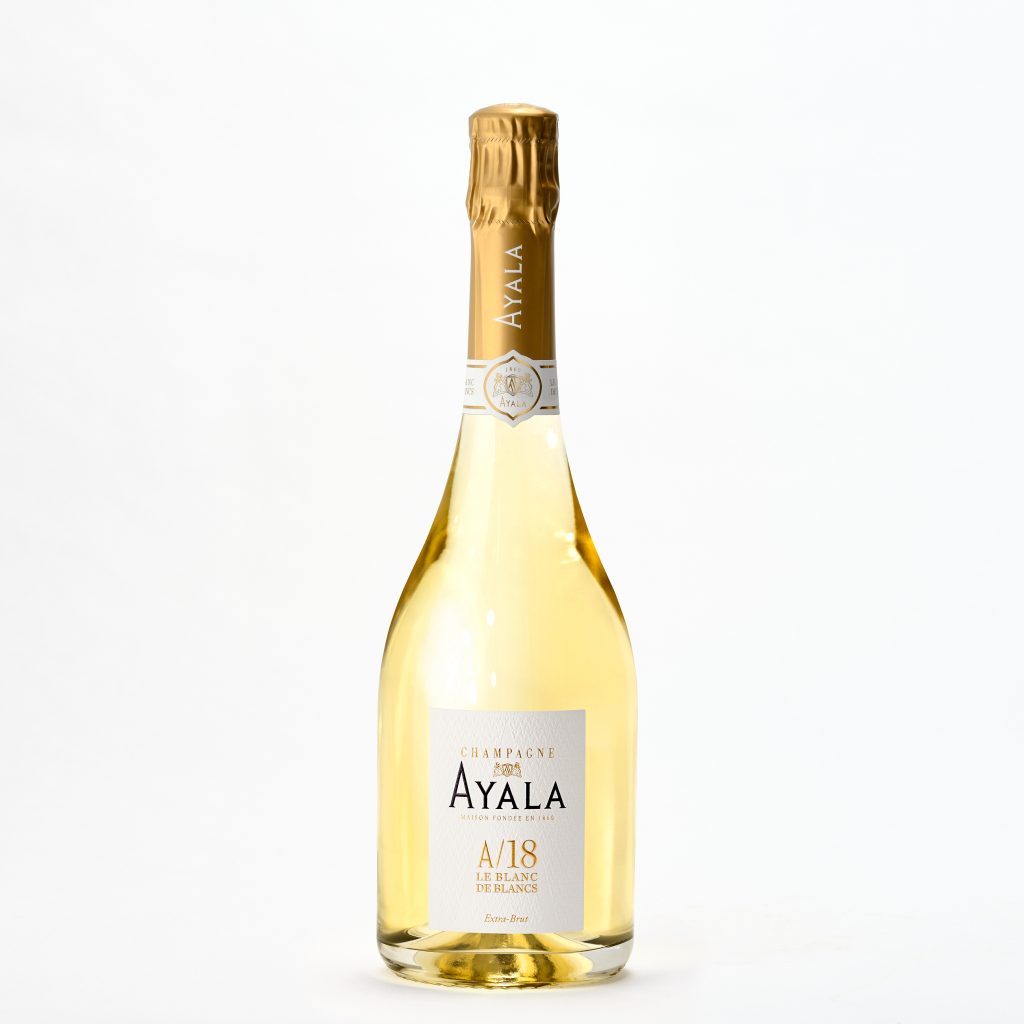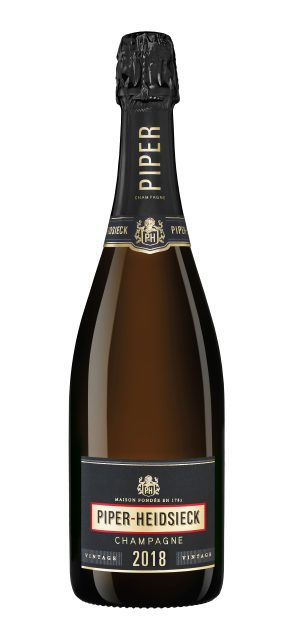This website uses cookies so that we can provide you with the best user experience possible. Cookie information is stored in your browser and performs functions such as recognising you when you return to our website and helping our team to understand which sections of the website you find most interesting and useful.
Champagne Ayala and Piper Heidsieck: the 2018 vintages hits the market
We are now approaching the time that the first vintage champagnes from the very promising trilogy of 2018, 2019 and 2020 are being released. Will they match up to the last really great trio of three decades ago — 1988, 1989, 1990? Giles Fallowfield investigates.

One thing is already clear, thirty-years-on Champagne is a different place in terms of the climate prevailing in the growing season. It’s warmer, sunnier and as a result harvests are being picked as much as a month earlier. The grapes are often being cut in the heat of August rather than the considerably cooler temperatures expected in mid to late September.
The 2018 harvest in Champagne had the earliest start on record, after a blistering summer with temperatures well above the average. There were more than 750 hours of sunshine between April and June, compared with the seasonal average of 630 hours. It was the fifth vintage in the most recent fifteen to start in August, with the secateurs out in the Grand Cru of Ambonnay, not renowned as an early ripening cru, on 17 August, at which point some grapes there had already reached potential alcohol levels of 12deg°.
August harvests
Since the millennium, there have been eight harvests beginning in August, with 2020’s harvest beginning exceptionally early on 13 August. Before 2018, the earliest picking was in 2003, which began on 18 August in the Côte des Bars village of Bligny. Prior to that you would have to go back nearly two centuries to find the next earliest start dates, which was in 1822 when grape picking began on 20 August.
The other four harvests that began in August were 2007, 2011, 2015 and 2022.
None of the harvests in any of the great trilogy of 1988-1990 started in August. Does the riper fruit of 2018, when picking began on 17 August, bear any resemblance to that of 1988 when the level of potential alcohol reached was barely above 9deg°? I think not. Even the vins clairs from 2018 were very pleasant when tasted in early 2019, while the 1988 vintage wines were barely approachable on release and needed considerable cellaring before starting to show their genuine class.
In 2018 very little chaptalization was needed, with many producers easily reaching average potential alcohol in the range of 10.5deg° – 11deg° and levels over 11deg° alcohol not that unusual. And we can certainly already say the wines are more approachable today, just six years on.

The Piper Heidsieck 2018 clearly demonstrated that in a sneak preview back in January, when it was presented by its winemaker Emilien Boutillat (the 2018 being Boutillat’s first vintage release at the house). And tasted again this month (June) as the wine actually goes on sale, that generosity, warmth and a certain spicy richness has developed further.
A 50% Chardonnay, 47% Pinot Noir blend with just a dash of Meunier, it hails from 16 different villages – two thirds of which are rated grands and premier crus – and has a dosage of just 7gm/l. The fact this dosage is down from nearer 10gm/l 30 years ago, demonstrates one major winemaking difference that is mirrored at other producers across the appellation. The selection of crus, favouring cooler locations like the northern facing slopes on the Montagne de Reims also helps keep freshness. But it’s the explosive nature and intensity of the fruit that really lifts it and Boutillat gives it a cellaring potential of 15 years or more.
You might expect quite a contrast in styles from Ayala’s latest Blanc de Blancs vintage, also from 2018, restyled as A/18 Le Blanc de Blancs in the new presentation. Top of tree in terms of pure Chardonnay expression, this wine is sourced mostly from four Côte des Blancs grands crus — Chouilly, Cramant, Le Mesnil-sur-Oger, Oger – plus premier crus Bisseuil and Cuis and finished with an Extra Brut dosage of just 5gm/l.
Austere
When first tasted at the press launch in mid-April, this did seem a little on the austere side and rather closed, but retasted with just a few extra weeks on the cork since disgorgement, the chalky rich mid-palate has developed significantly, giving the wine real substance in the mouth.
It is another 2018 already showing its impressive colours and while the bottle is still clear glass and so light strike is potentially an issue, the new look is accompanied by an attractive paper wrap which protects the wine inside.
Piper Heidsieck 2018: £68 RRP and it will be widely available.
Ayala Le Blanc de Blancs A/18: RSP £78 RSP

